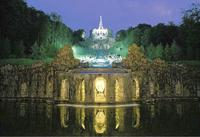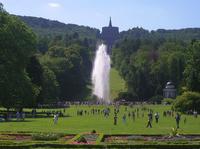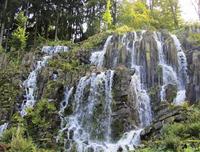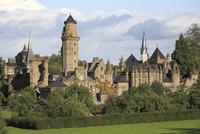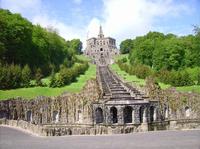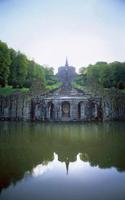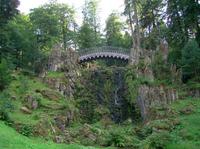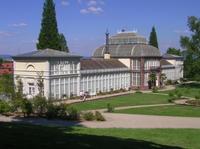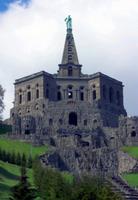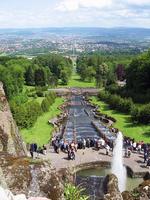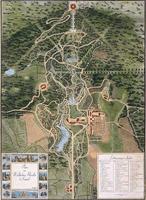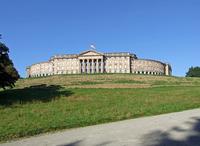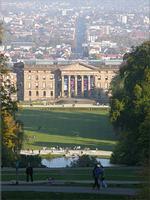You are in: Europe -> Germany -> Bergpark Wilhelmshöhe, and traditional search or Image Gallery will yield results of this site only
Bergpark Wilhelmshöhe
| Site number: | 1413 |
|
| Type of site: | Cultural | |
| Date: | 1689-19 century | |
| Date of Inscription: | 2013 | |
| Location: | Europe, Germany, Kassel | |
Up to 75 images are shown here. Click on each for more details or on Image Gallery for more images.
| Description: | Descending a long hill dominated by a giant statue of Hercules, the monumental water displays of Wilhelmshöhe were begun by Landgrave Carl of Hesse-Kassel in 1689 around an east-west axis and were developed further into the 19th century. Reservoirs and channels behind the Hercules Monument supply water to a complex system of hydro-pneumatic devices that supply the site’s large Baroque water theatre, grotto, fountains and 350-metre long Grand Cascade. Beyond this, channels and waterways wind across the axis, feeding a series of dramatic waterfalls and wild rapids, the geyser-like Grand Fountain which leaps 50m high, the lake and secluded ponds that enliven the Romantic garden created in the 18th century by Carl’s great-grandson, Elector Wilhelm I. The great size of the park and its waterworks along with the towering Hercules statue constitute an expression of the ideals of absolutist Monarchy while the ensemble is a remarkable testimony to the aesthetics of the Baroque and Romantic periods. --WHMNet's description is from WHC Site, where additional information is available. | |
| Bergpark Wilhelmshöhe is a unique landscape park in Kassel, Germany. Art historian Georg Dehio (1850–1932), inspirator of the modern discipline of historic preservation, described the park as "possibly the most grandiose combination of landscape and architecture that the Baroque dared anywhere" ("vielleicht das Grandioseste, was irgendwo der Barock in Verbindung von Architektur und Landschaft gewagt hat.").The area of the park is 2.4 square kilometres (590 acres), making it the largest European hillside park, and second largest park on a mountain slope in the world. Construction of the Bergpark, or "mountain park", began in 1696 at the behest of the Landgraves of Hesse-Kassel and took about 150 years. --Wikipedia. Text is available under the Creative Commons Attribution-ShareAlike License. | ||
| Source: | http://whc.unesco.org/en/list/1413 | |
| Source2: | Wikipedia (http://wikipedia.com) | |
| Reference: | 1. UNESCO World Heritage Center (http://whc.unesco.org/en/list/1413). 2. Wikipedia. | |


